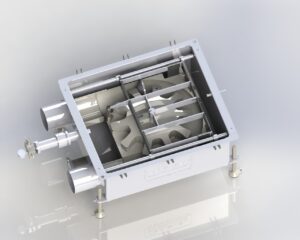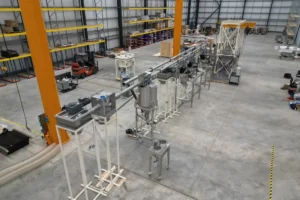Over the centuries, the art and science of beer brewing have undergone a remarkable transformation. From its humble beginnings to its current status as a thriving and diverse industry, join us as we discover how beer brewing has evolved throughout human history. From ancient civilizations that fermented barley and hops to today’s innovative craft breweries pushing the boundaries of flavor, this brief overview will reflect both cultural shifts and advancements in technology.
How Beer Brewing Has Evolved to a Huge Industry It Is Today?
The beer brewing industry nowadays is all about sleek stainless steel, convenient automated conveyor systems, and minimal physical effort on the brewer’s part. The brewing process has evolved magnificently ever since the first beers came into the world, and brewing companies aim for even more innovation and streamlining in the future.
According to Statista, the world’s beer market revenue reached $322.3 billion in 2023, and it is expected to keep growing. With the average beer consumption per person being 22.6 L (5.9 gallons) in 2020, the United States is the most significant contributor to the global beer revenue.
However, these numbers shouldn’t be too surprising. Beer has evolved alongside human civilization, influencing it more than any other alcoholic beverage. It isn’t only a nice drink to brighten your day. In the past, it was a powerful driving force that influenced our ancestors in ways you can’t even imagine. If we look back at how it all started and how beer has evolved through the centuries, the impressive size of the global beer market is a logical conclusion of beer’s history.
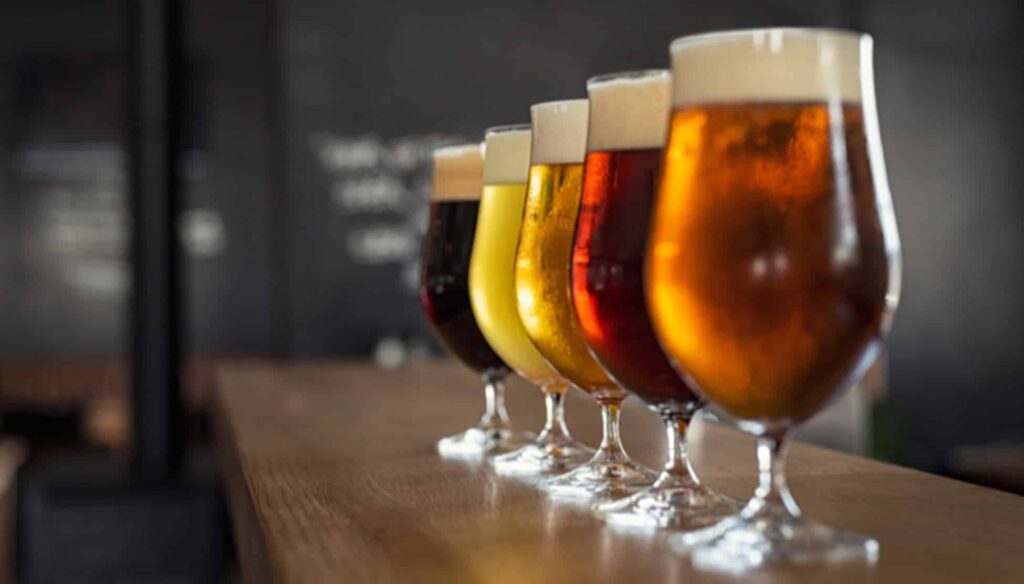
First Mentions of Beer Date Back to Ancient Civilizations
Beer is one of the oldest drinks humans have ever produced. The mention of beer is first recorded on pottery jars containing beer that dates back to 3500 BC on the territory of modern-day Iran. It was the drink of choice for Chinese villagers, as well as the population of ancient Egypt and Mesopotamia. It is also one of the first known products of biological engineering – the biological process being fermenting sugar using wild yeasts. Anthropologists believe that cultivating barley for bread and beer was one of the main reasons humans evolved from hunter-gatherers to agricultural societies.
In Mesopotamia, beer brewers were mainly women, and the occupation was well-respected at the time. It was closely related to spirituality and religion – no less than three deities were in charge of protecting and overseeing beer production in ancient civilizations. Egyptian pharaohs also consumed beer that was produced from baked barley bread. Beer was a staple drink for African and Sumerian tribes and ancient Romans, whose legionnaires were more than happy to partake in drinking.
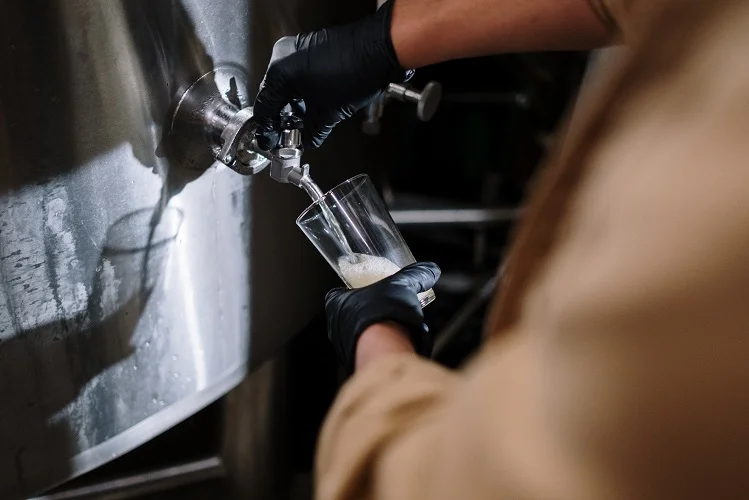
Middle Ages and Changes in the Crafting Process
Beer as we know it today was first conceived in medieval Europe – more precisely, Northern (in today’s Germany and Belgium) and Eastern Europe. The turning point happened around the 12th century when brewers started using hops as a preservative to prevent their beer from spoiling. Wild hops also brought that bitter, pleasing taste that we all love.
The Middle Ages were great for beer crafting, as almost every monastery had its very own recipe and an on-site brewery. The monks in these monasteries were responsible for many innovations that changed the brewing process. These innovations included the introduction of hops and lagering, which improved the flavor and brought about lager beers.
The British Isles were also a significant production center at the time. They are credited with inventing many different styles, such as pale ale, stouts, Irish red ale, and porters. India pale ales, one of the most popular beers today, were produced as a way for British soldiers to enjoy the beverage in remote areas of the world.
The History of the American Brewing Industry
The first permanent structure the Pilgrims built in the New World was a brewery. American beers first resembled their British counterparts – dark, heavy ales. However, as more and more immigrants piled in from Germany and the Czech Republic, pale, clean-tasting beers with a distinct hop flavor slowly took over the market. The brewing industry was on the rise in 19th century America, with over 2,000 breweries in operation across the country.
Unfortunately, when the Prohibition era hit in 1920, breweries – both large and small – were forced to either pivot or shut down. Most closed, while some limped through by producing cereal pale malts, ice cream, and soda. The brewing industry in the US didn’t start recovering from Prohibition until the early 80s. The Tied House Law that banned breweries from selling their drinks on-premise made it difficult for microbreweries and brewpubs to thrive. This law was revoked in the late 70s, and only then could smaller breweries crop up and offer something different than the standard commercially brewed beers that large conglomerates offered.
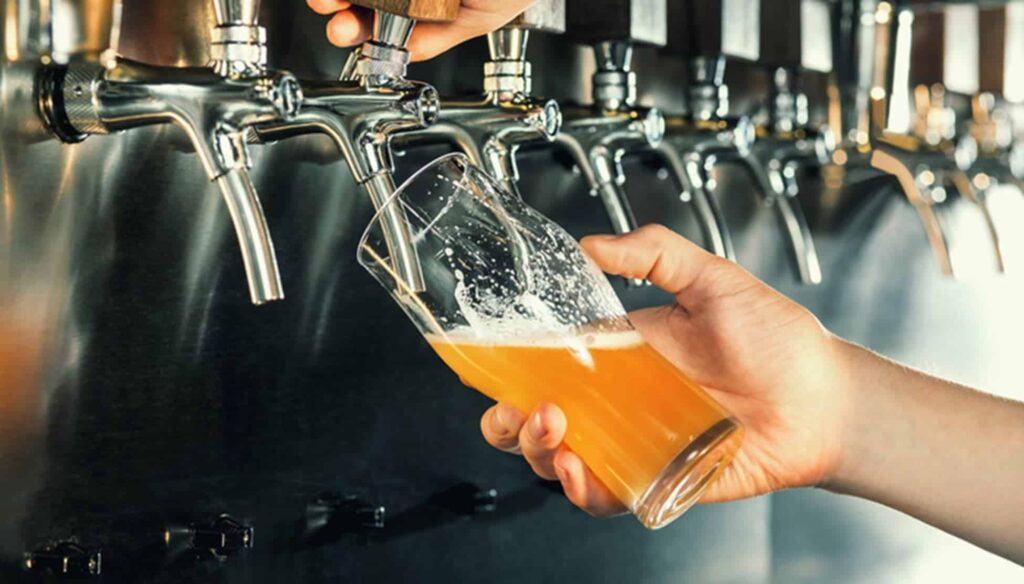
How Did We End Up With Modern Beer Brewing Methods?
Microbreweries, or craft breweries, emerged in 1980 in the US with the Sierra Nevada brewery. Its co-founders were forced to weld their equipment or order parts from Germany, which was quite advanced in brewing technology at the time. Similar stories followed, with American craft brewery founders resorting to creating their systems as best they could. Mark Stutrud, the CEO of Summit Brewing Company, says, “We used to haul buckets of grain, dump, then have to reset the mill.” Crafting beer was hard, labor-intensive work – not everyone was cut out for it.
Modern Equipment Improved the Crafting Process
It all changed with the advent of automation. Like for any other industry before and after brewing, automation was a breath of fresh air that redefined brewing. Craft brewers didn’t have to worry so much about the technicalities of brewing anymore because their finely designed automated systems were doing the hard work for them.
In the modern age, during milling, the crush of the grain can be changed remotely. Mashing is more precise, and its temperatures can easily be changed at each step of the process. Laboratory science offers new ways of adding hop and packaging processes that save both time and money for breweries of any size.
Conveyor Technologies Were the Real Game-Changers in the Industry
Everything changed with the arrival of automated conveyor systems. These industrial conveyor systems for moving grain and other materials increase productivity and profit while also providing workplace safety. Conveyor solutions reduce the amount of physical labor and heavy machinery operating that the workers have to carry out each day. At the same time, worker morale and general well-being were improved thanks to conveyor engineering.
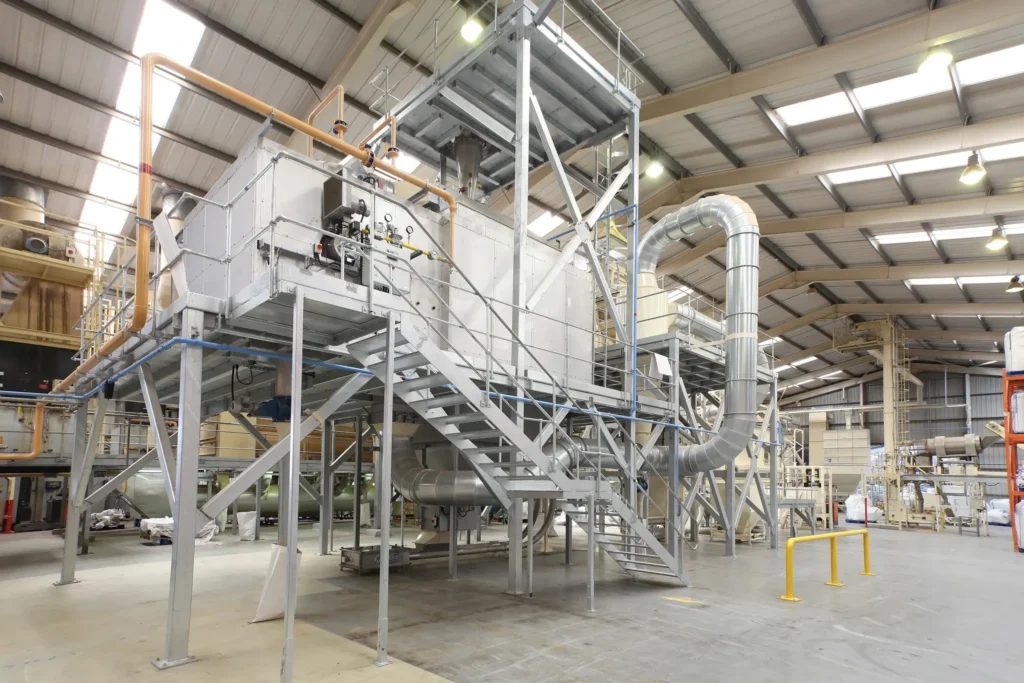
Where Can You Find the Best Conveyor Solutions?
Cablevey Conveyors has systems that are perfect for any type of brewery, large or small. If you feel like you don’t have space for a good grain transport system, turn to Cablevey’s customized conveyor solutions. Unlike other conveyor types that require quite a bit of space to operate, Cablevey’s tubes are ideal for tight sweeps. Everything is custom-engineered to suit the needs of your brewery and how far, high, or fast you want your materials to be moved.
The reliability of our systems is unparalleled, given that your brewery will be able to operate almost non-stop without any interruptions in the transport process. This automation of the process allows brewers to focus on growing their business and improving their recipes while machines and robots handle all the labor. A humble brewer from the past would be amazed at how it all looks today!
Beer Recipes Have Been Affected by the Changes in the Brewing Process That Happened Over the Years
In 1516, Germany laid down the “beer purity law,” which stated that beer could only be made from four ingredients: malted barley, malted wheat, hops, and water. Yeast wasn’t on this list but was accepted as a crucial ingredient in brewing. This law ensured that all German beers were high in quality and free of “lesser ingredients” such as corn, sugars, rice, and other grains.
Of course, it’s nothing like it is today. As the general beer-consuming public drifts away from the standard and highly commercialized tastes, it turns to craft beers and their unique flavors. Each beer company has its signature brew – or several – and they’re continually coming up with new ones.
Modern beers can contain a wide range of grains, spices, vanilla, ginger, coffee, fruit flavorings, and even sweet additives. The basics are still the same as they were thousands of years ago – it’s just that the equipment and technology have finally reached that point where brewers can play around with additional aromas as much as they want.

Contact Cablevey Conveyors to Learn More About Our Custom Conveyor Solutions and Get a Quote
With vast experience in designing and manufacturing conveyor systems, Cablevey Conveyors offers a wide range of custom conveyor solutions to meet the specific needs of diverse industries. Our team of experts is committed to understanding your unique requirements, whichever industry you’re in.
We pride ourselves on conveyor manufacturing that optimizes productivity, reduces operational costs, and ensures product integrity. To learn more about our conveyor solutions and receive a customized quote, contact us today. Our dedicated professionals will work closely with you to design, fabricate, and install a conveyor system that not only meets but exceeds your expectations.
FAQ
How Has Beer Brewing Evolved Over the Centuries?
Beer brewing has evolved from ancient civilizations fermenting barley and hops to today’s innovative craft breweries using advanced technology. It has transformed from a staple of ancient cultures to a thriving global industry.
What Is the Current State of the Beer Brewing Industry?
The beer industry is robust, with a market revenue of $322.3 billion in 2023. It’s expected to keep growing. The United States leads in global beer revenue, with an average consumption of 22.6 liters per person in 2020.
What Is the Historical Significance of Beer in Human Civilization?
Beer is one of the oldest drinks, with origins dating back to 3500 BC. It played a pivotal role in the transition from hunter-gatherer societies to agricultural ones. It was closely tied to spirituality and religion in ancient civilizations.
How Did Beer Brewing Change During the Middle Ages?
During the Middle Ages, beer evolved with the use of hops as a preservative, leading to the creation of lager beers. Monasteries played a significant role in brewing innovation, and the British Isles introduced various styles.
What Is the History of Beer Brewing in the United States?
The United States has a rich brewing history, with the first permanent structure built by Pilgrims being a brewery. The Prohibition era saw many breweries shut down, but the industry recovered in the early 80s with the rise of microbreweries.


